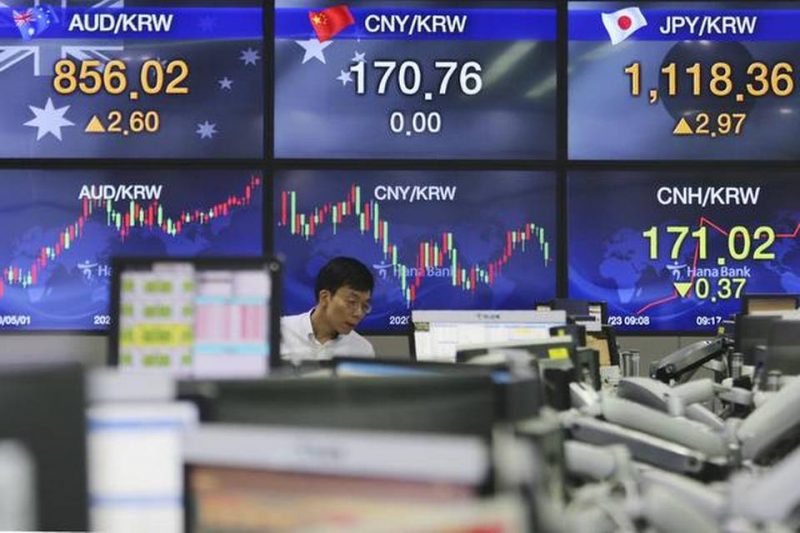- South Korea is joining the list of countries entering into a technical recession as the fourth-largest economy, Asia shrank by a seasonally-adjusted 3.3 per cent over the June quarter
- Exports, which account for 40 per cent of the country’s economy, slumped 16.6 per cent — the steepest fall in exports since 1963
- Production and manufacturing declined, too, while private consumption was up 1.4 per cent thanks to government stimulus measures
- South Korea’s Finance Minister, Hong Nam-ki, said while the economy contracted more than expected, things are already looking up, with average daily exports improving over July
- He said South Korea can see a “China-style” rebound, referring to China’s rapid return to growth after it’s steep COVID-induced slump
- The South Korea government is now promoting around 30 trillion won (roughly A$35 billion) worth of private investment into public projects
South Korea is joining the list of countries entering into a technical recession as the fourth-largest economy Asia shrank by a seasonally-adjusted 3.3 per cent over the June quarter.
While private consumption was up by 1.4 per cent over the quarter, exports fell a whopping 16.6 per cent as motor vehicles and coal and petrol product sales flatlined. This marks the biggest plunge in exports since 1963. This figure is particularly pertinent given exports account for 40 per cent of South Korea’s economy.
As for the country’s quarterly production figures, agriculture, forestry, and fishing fell by 9.7 per from the previous quarter as crop yields declined. Manufacturing fell by nine per cent, owing to a decrease in transportation equipment and computer and electrical product making.
Even the silver linings in South Korea’s quarterly figures were backhanded, however. Electricity, gas, and water supply, for example, rose by 2.8 per cent, but this is still lower than the March quarter’s increase of 9.9 per cent and the December 2019 quarter’s rise of 5.5 per cent.
On a year-on-year basis, South Korea’s real gross domestic product (GDP) decreased by 2.9 per cent — a steeper contraction than expected, according to South Korea Deputy Prime Minister and Finance Minister Hong Nam-ki. The Minister said weak global demand was to blame for the slumping exports.
“Domestic consumption picked up backed by fiscal stimulus while exports remained weak,” Minister Nam-ki said in a ministerial meeting after the economic data was released.
“However, the second quarter growth shows that the economy is doing relatively well compared with major economies as most OECD member countries are projected to see a two-digit contract for that period,” he said.
Despite the recession, he was optimistic about the future of the country’s economy, saying it’s possible for South Korea to see a “China-style” rebound, referring to China’s rapid return to growth after it’s steep COVID-induced slump.
Already, Minister Nam-ki said, average daily exports have been improving throughout July. The South Korean Government will do what it can to support a third-quarter turnaround, including promoting private investment in public projects.
So far, the country’s government has rolled out around 277 trillion won (around A$323 billion) worth of stimulus to offset the effects of COVID-19, but with the country relying so heavily on demand from other countries, the government has had little control over the country’s growth or lack thereof.
Under what’s been dubbed the Korean New Deal, the government will promote over 30 trillion won (roughly A$35 billion) worth of private investment into public projects.

